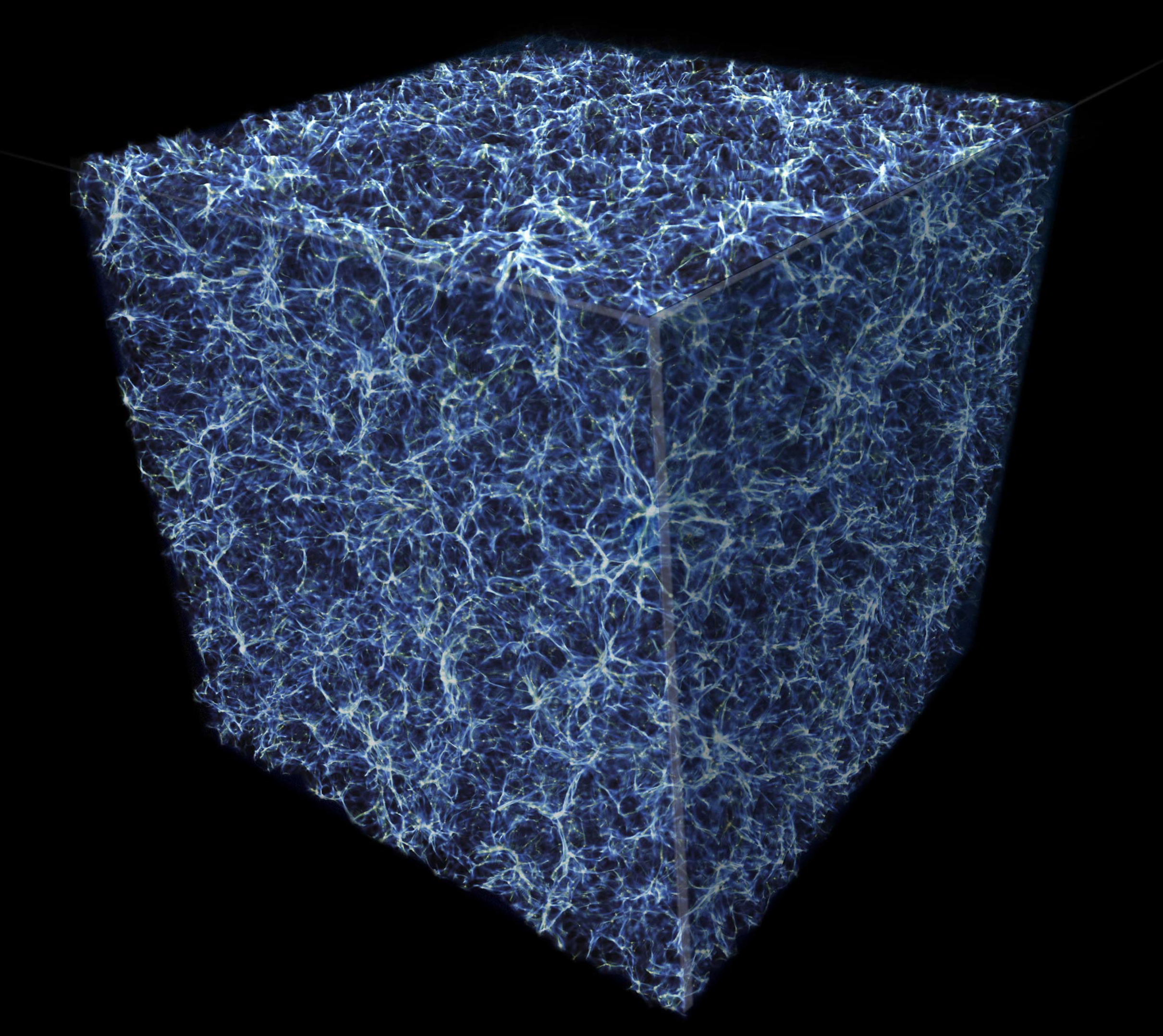The missing third of matter detected
According to our current knowledge, the universe is made up of 68 percent dark energy and 27 percent dark matter. Just five percent is normal matter, which makes up you, your car, and the Pope. The fact that researchers have been searching intensively for traces of dark matter and have little idea of the nature of dark energy is well known and is always material for exciting articles and new theories.
But there’s also quite a lot of missing normal matter too. Between 30 and 40 percent of the amount predicted by the current theories on the creation of the universe is unaccounted for by scientists – that’s more than one third! Now, however, it appears to be clear where this amount of material was hiding: it can be found as warm-hot intergalactic medium in the almost endless space between galaxies. This has been suspected since 2012, but now it has been finally proven.
To do this, researchers were helped by 1ES 1553, a quasar. The quasar functions, to some extent, as a cosmic lighthouse shining its light through the cosmic fog (the intergalactic medium). Analyzing exactly what happens to the light, where and how it is scattered and absorbed, allows something to be discovered about the medium that the light is passing through, just like the density of fog can be determined if the brightness of a lighthouse light is known. According to these analyses, the previously missing 30 percent of normal matter is in filaments made from oxygen gas between the galaxies, which is approximately 1 million degrees. Presumably, stars and galaxies have blown the gas into intergalactic space over billions of years.
The results are still uncertain, because analyses of other quasars with this method are needed to confirm the findings.
